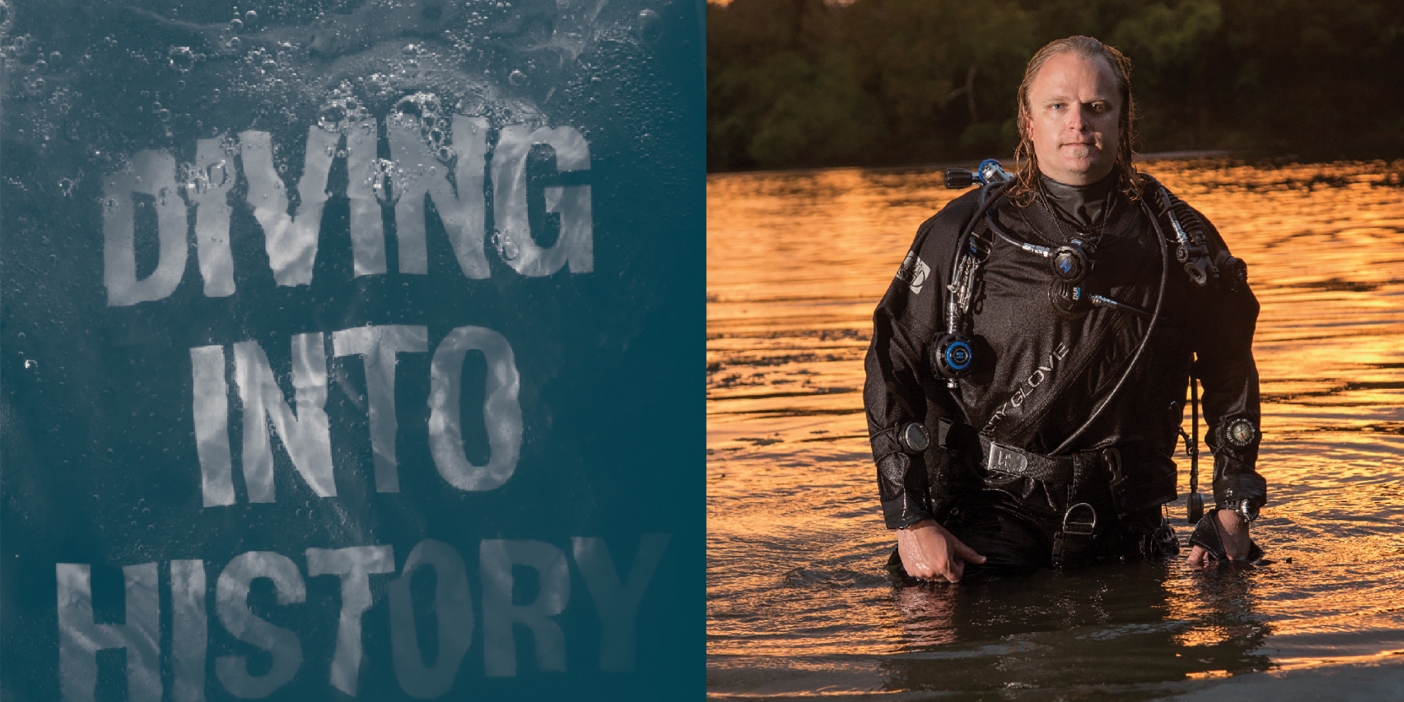A Monumental Task
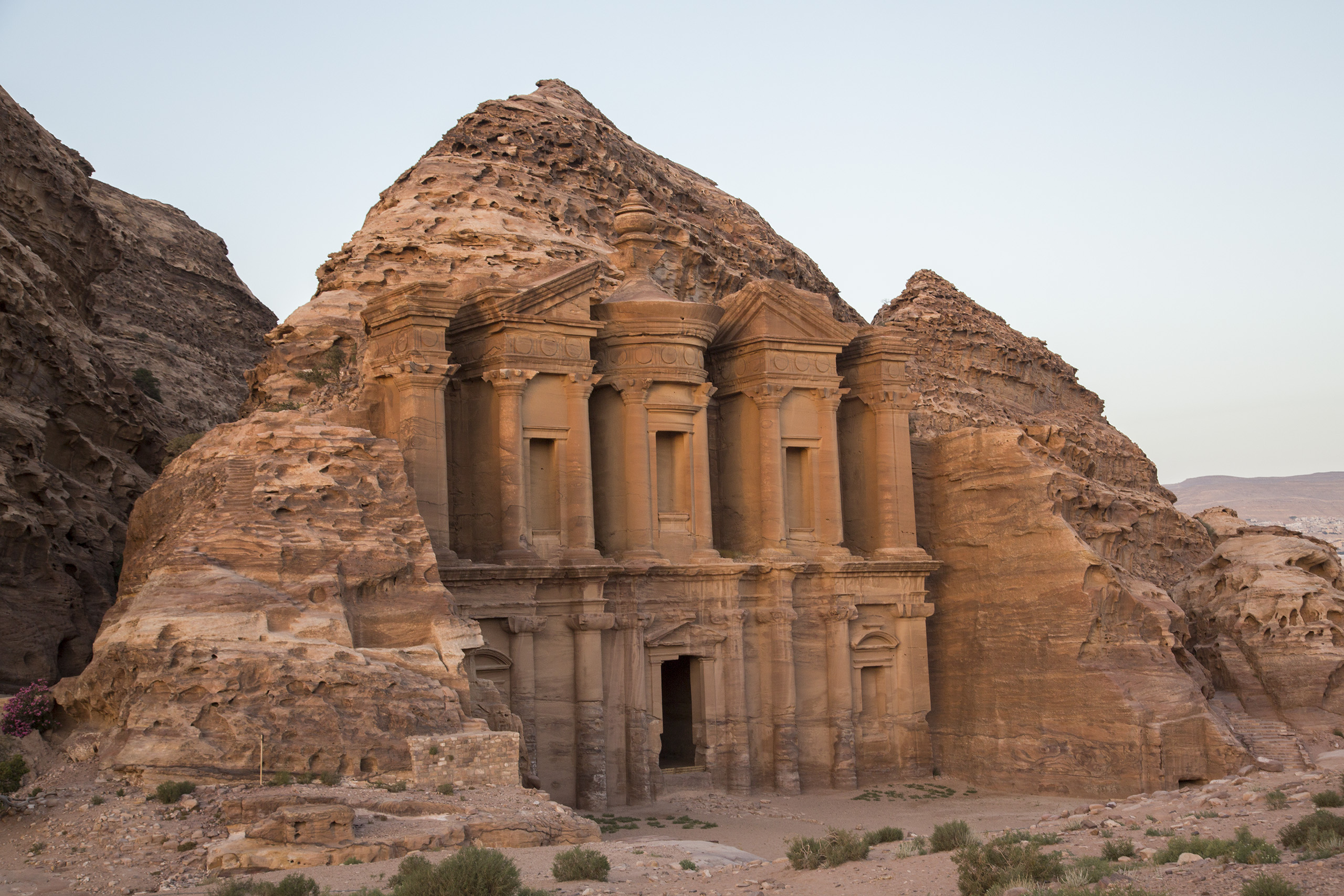
A Monumental Task
On a plateau in Jordan, an epic effort is underway to protect a treasured monument from flash floods, seeping water, and sandblasting wind.
By Michael R. Walker (BA ’90) in the Fall 2015 Issue
Photography by Mark A. Philbrick (BA ’75, MED ’78)
The early-morning commute to Ad-Deir is a zigzagging trek up 800 meandering sandstone steps bordered by red rock cliffs and bright-pink oleander blooms. The steps, carved 2,000 years ago by the Nabateans, follow an ancient processional route, passing rock-cut tombs, ornate pediments above worn classical columns, and sculpted reliefs of lions and the deity Dushara, the Lord of the Mountain.
As they climb, BYU student archaeologists Allison N. Lee (BA ’10, MA ’15) and Mariana L. F. Castro (BA ’15), yield the narrow walkway to oncoming traffic, the area’s four-legged taxi service. Donkeys, as a matter of local protocol, always have right-of-way.
Every 100 or so steps, Bedouin women have set up shop, anxious to trade tourist’s dinars for silver jewelry, glass beads, and traditional red keffiyeh scarves. They smile and call their young BYU friends by name, inviting them back to chat when the workday ends.
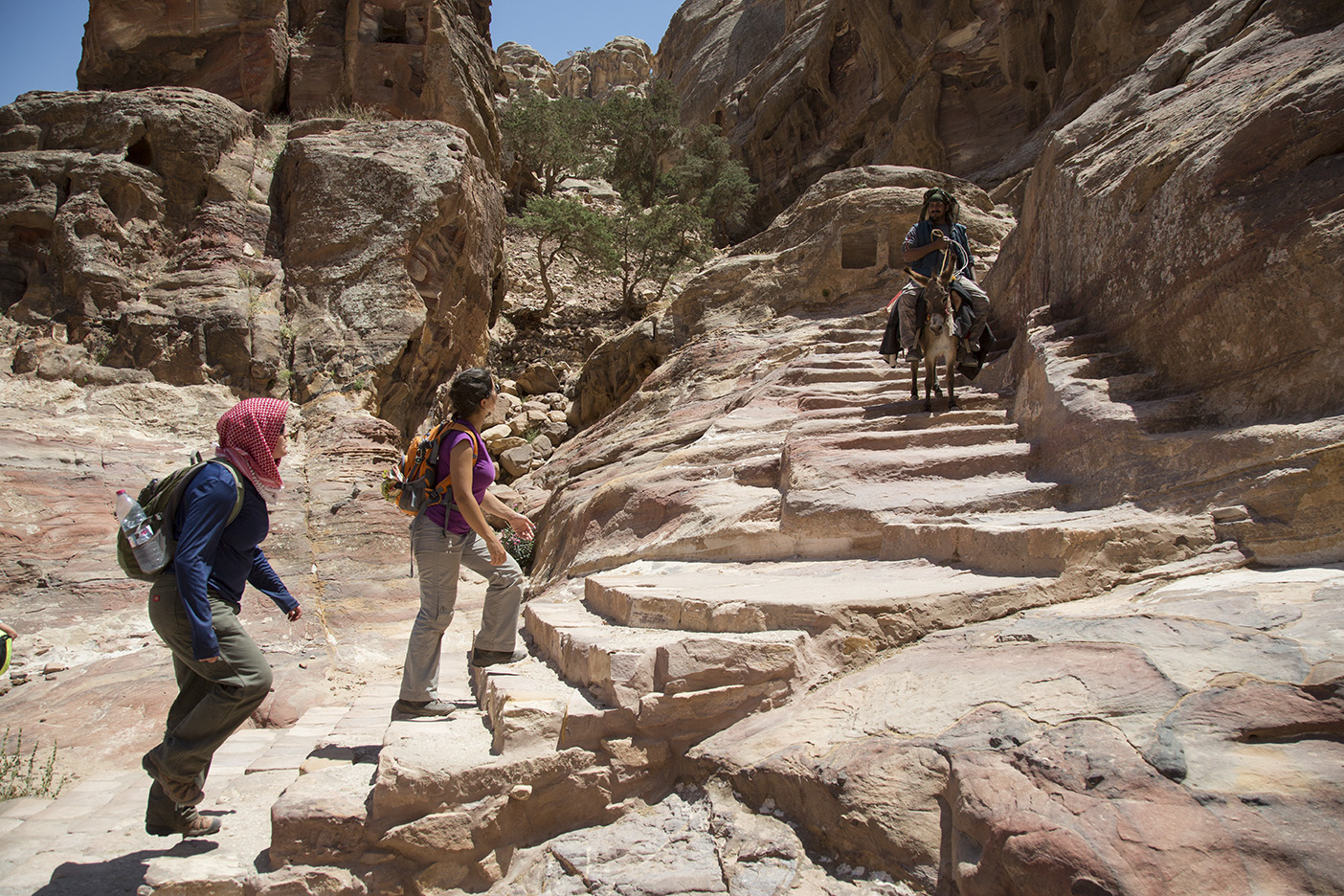
It’s a challenging morning workout, but the 800-step climb has a dramatic payoff. Only after the students have taken the last step does Ad-Deir—or the Monastery—reveal itself, standing like an abandoned movie set in the middle of a barren desert.
“I remember the first time that I came up those blasted stairs, I came around the corner and my mind was blown,” says Lee of the monument’s façade, carved into the sandstone wall. “It is so much bigger than anything that I had seen.”
“It’s gigantic,” adds Castro. “It’s fantastic. It’s almost like it’s shining out of the cliff.”
The monument, believed to be a memorial to Nabatean king Obodas I, has the tallest façade in the classical city of Petra, Jordan, even larger than the iconic El Khazneh monument, made famous in Indiana Jones. The mammoth feat of engineering stands approximately 150 feet high, artfully chiseled with geologic and geometric precision. Commonly called the Monastery because monks may have lived in the vicinity during the Byzantine era, the structure is capped by a carved urn and features a 26-foot-tall doorway that opens to one plain interior room.
“Never in my wildest dreams, having been in Petra and working there in the 1970s, would I ever have thought I’d have the opportunity to work at that site,” says Finlayson, a Middle East specialist and director of the c. “This is some of the most important classical archaeology in the world.” Ad-Deir’s location makes for challenging work. “For more than 30 years, we haven’t had any excavation on the Monastery,” says Tahani Salhi, conservation director of the Petra Archaeological Park. So when in 2013 Salhi approached BYU’s Cynthia A. Finlayson about heading up the first comprehensive study of the Ad-Deir Plateau, Finlayson was ecstatic. “ When I mentioned to Cyndy that you have to climb more than 800 stairs to get to your work, she said, ‘ Yes! I will do it!’ ”
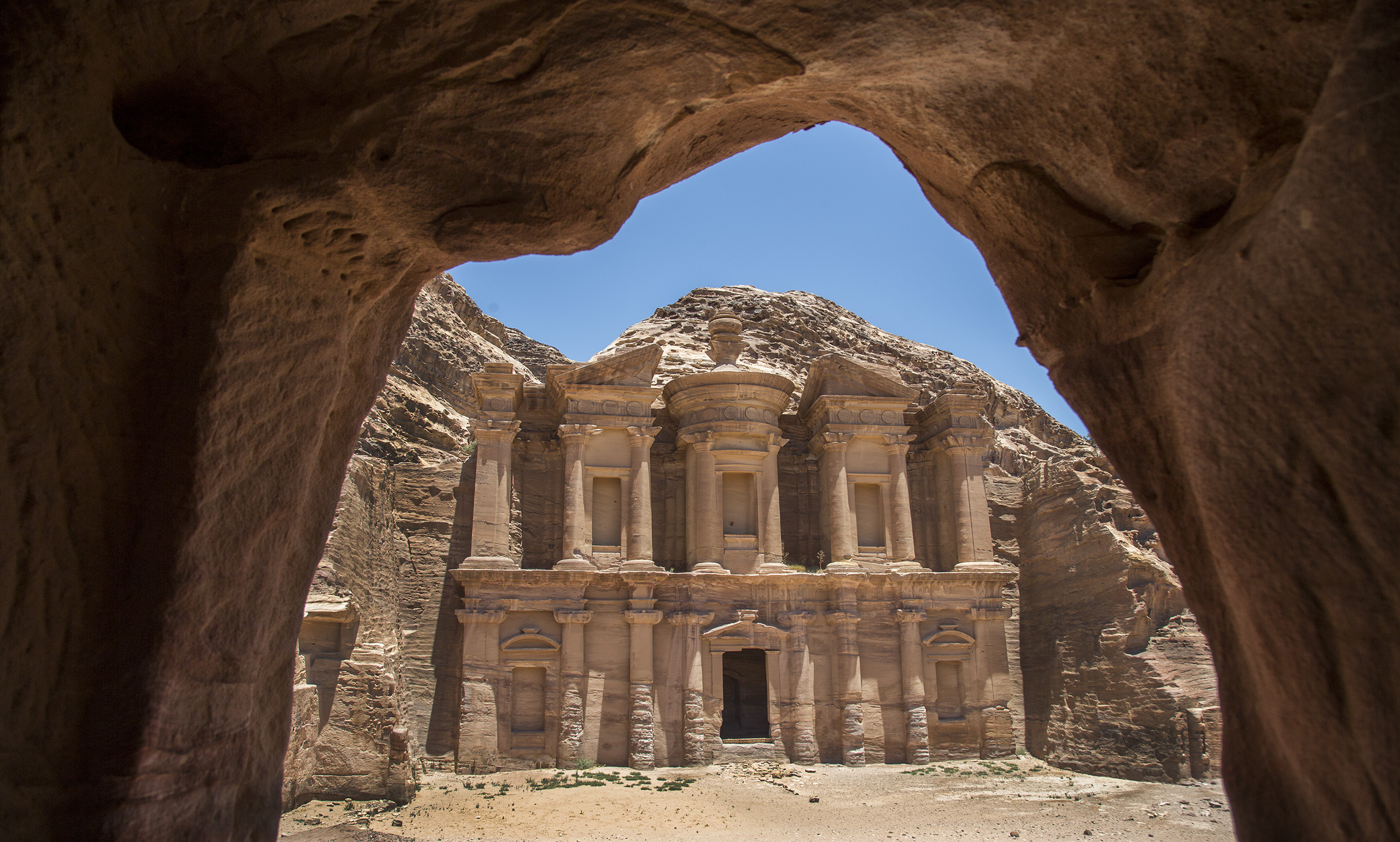
For the past three years, Finlayson’s team, codirected by Salhi and supported by the Jordanian Department of Antiquities and the Petra Archaeological Park, has been uncovering the secrets of Ad-Deir.
“It’s quite an experience and a privilege for students from BYU to be working to try to preserve the site for Jordan and for the visitors that come here every year,” says Finlayson. “We’re doing archaeology, but we’re also doing preservation and conservation and then restoration.”
Mysterious Oasis
Because they left no written historical records, little is known about the Nabateans, who built the beautiful rose-red city of Petra and resided there from before 500 BC to hundreds of years after the city’s annexation to Rome in AD 106. It is clear that they were skilled traders, engineers, and hydrologists. One of the goals of the Ad-Deir Plateau project is to see if the systems the Nabateans constructed to collect and channel water in the middle of the desert can be restored and used to protect the Ad-Deir Monument.
The BYU project began in 2013 with detailed surveys of the monument’s façade and about 178 acres of the surrounding plateau. “Petra is a very rugged place, and the Ad-Deir Plateau is probably one of the most rugged areas,” says Scott M. Ure (BFA ’02, MA ’13), who provides technical support for BYU archaeological projects worldwide. “Mapping the plateau with traditional surveying equipment and techniques presented a daunting—and potentially dangerous—challenge.”
So the team used a survey-grade unmanned aerial system (UAS), funded by BYU supporters Rex G. (’62) and Ruth Methvin Maughan (BA ’60), to fly 1,000 feet over the plateau and capture hundreds of georeferenced images.
“The results were astounding,” says Ure. “We were seeing features from the UAS flight that we couldn’t really see from the ground,” such as architectural stone on the rock cliffs. “It was also extremely helpful to see all of the interrelated features in one large, detailed image.”
They used the UAS imagery to create a photorealistic 3-D computer model and photo mosaic of the plateau, which they cross-correlated with other data gathered at the site. They have identified some 300 archaeological features for further study, including carved water channels, remnants of structures, rubble mounds, cisterns, architectural stones, and quarry marks.
The UAS images also provide new perspective on features like the mysterious “Great Circle,” a 60-meter-wide structure that is visible from the ground but gains scale and context when seen from above. Excavation in 2014 and 2015 revealed that this was a catch pool, designed both to collect water and to protect the Ad-Deir façade from seasonal flash flooding and erosion. To the north is a series of gigantic cisterns that could potentially store thousands of gallons of water and the soil-and-rubble-filled slot entrance to the temenos, or sacred courtyard.
“This is the area that collects all the water that comes off the cliffs through the spring rains, through the winter snow, and it rushes through here,” says BYU archaeologist Deborah Condie Harris (BA ’03, MA ’09). “Originally it was controlled but now it wasn’t so it was eroding the surface area of the temenos.”
While excavating at the temenos slot entrance, researchers have found thousands of years of accumulated rock and sand, along with hundreds of artifacts, from pottery to coins to jewelry. The slot was so filled with debris that it completely obscured one architectural feature: a previously undiscovered stone stairwell that descends mysteriously to the main courtyard, possibly leading to a cistern or other structure.
“Nobody in the park knew it was there. We’ve also found architectural stone at the base that we hope will lead us to some understanding about what was actually built here,” says Harris.
A Blessing and a Curse
From Old Testament times to the modern day, water—or the lack therof—is a recurring theme in this desert land. Tradition has it, after all, that it was here that Moses “smote the rock” and miraculously brought forth water. The nearby village, Wadi Musa—interpreted as “Valley of Moses”—is named for this account.
Controlling and collecting water are two important objectives of the Ad-Deir project, as water is causing damage to the main Ad-Deir façade.
“Controlling and collecting water are two important objectives of the Ad-Deir project, as water is causing damage to the main Ad-Deir façade.”
Although the region averages only nine days of rain per year, storms here tend to be violent gully-washers, producing torrents of fast-moving water that puddle at the base of the façade. Finlayson and her colleagues believe that the Nabateans knew how to deal with severe-weather episodes and how to collect the water for their own use.
“The Nabateans worked with and maximized the topography,” says Finlayson. “Every mountain in Petra has carved water channels in the indigenous stone that catch the seasonal erosion floods. Every building seems to be positioned to maximize water catchment.”
As part of the plateau-conservation effort, archaeologists are clearing out dozens of water channels and cisterns at the site in an attempt to restore these timeworn water systems. Finlayson hopes that, once restored, these structures will give the area’s current inhabitants access to precious water resources and provide lessons that can benefit other desert communities.
“If we begin to restore the major water systems that protect Ad-Deir,” she says, “then we can eventually use it to study how the Nabateans did this and perhaps apply that to modern uses for developing countries.”

Restoring the water systems may also save the monument, the details of which are gradually being erased by the ravages of water, wind, and time. Soft and porous sandstone and limestone, which made it possible for the Nabateans to carve this monumental structure with simple tools, are a “conservator’s nightmare,” says Finlayson. Ad-Deir takes the full brunt of storms that roll off the Wadi Aruba. Unlike El Kazneh, it is not indented enough into the cliff to be protected.
“The flash floods come from everywhere, from behind, from here, from there,” says Salhi. “Hopefully, by the finish of the excavation, after five or six years, we will have a knowledge of how to rehabilitate the water system and protect the façade.”
“There used to be a wall around the courtyard that protected the façade from the sandstorms, but it has fallen down. We can at least try to reestablish what the Nabateans had in place. It was quite substantial, more than I had ever imagined,” Finlayson says.
In some places water flowing over the façade and pooling at its base has acted as a wick, bringing up minerals from the soil and leaving a white skim of salt on the surface. As the salt crystallizes, the surface of the stone weakens and eventually crumbles.
“We’re dealing with all these things plus the wind, which acts as a great big sand blaster and opens up more the surface of the wall,” says Finlayson.
In addition to these external forces, a few spots of green moss that grow near the façade may be evidence of a slowly seeping spring weakening the stone. Donkeys that roam untethered at the base of the monument nuzzle at the precious droplets from the surface of the stone wall, one of the only water sources on the plateau.
To create a thorough conservation plan, Finlayson enlisted geologists to study the possible natural spring, fault lines, and other geological forces that may be impacting the Monastery’s façade. As part of this effort, researchers from BYU and Charles University in the Czech Republic rappelled down a hundred feet or so onto the alcove of the upper façade to survey the structure and to clean out debris that had collected there over hundreds of years.
For the BYU team, conserving archaeological sites like this for future generations is important work.
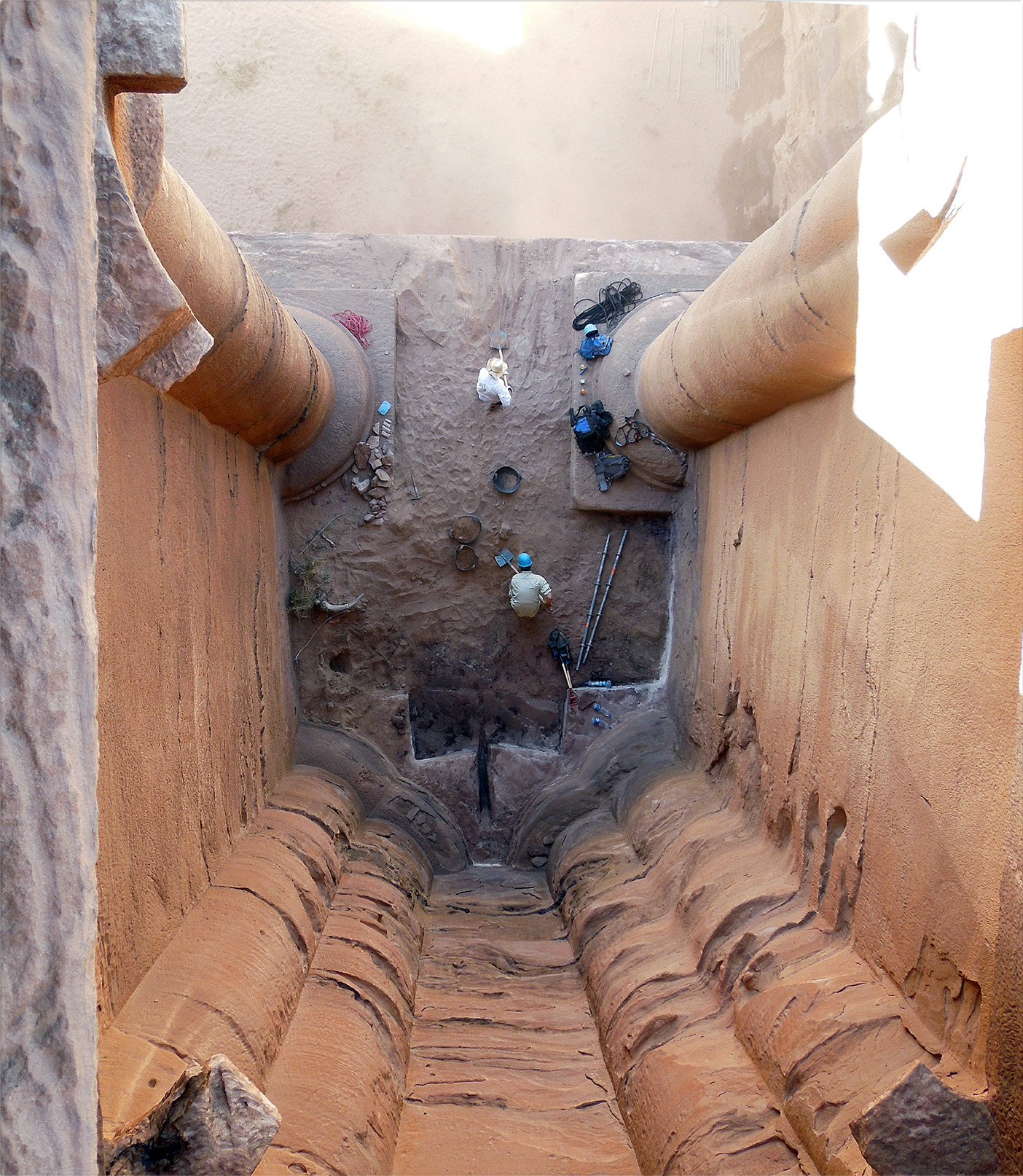
“It’s very touching to think that people actually carved that façade on the rock 2,000 years ago, and it’s still there for us to see,” says Castro. “This project is all about preserving that so in the future people will still be able to see and have that same experience that I did when I first saw it.”
“This isn’t a museum where things go to sit,” adds Lee, who has worked on BYU projects in three countries and is preparing to start a PhD program at the U.K.’s Durham University. “This is a living, breathing site.”
View from the Trenches
For archaeology students who accept the challenge to begin each workday with a strenuous hike and the occasional run-in with a scorpion or snake, field school on the Ad-Deir Plateau offers many rewards.
“Excavating is hard . . . physical labor,” says Lee, “but you look up at the mountain every day, and you’re like, ‘Look where I am! It’s okay! This is awesome! Who gets to do this?’It’s an amazing thing to work here.”
Although Finlayson reveres these archaeological sites and the awe-inspiring structures built by the ancient Nabateans, she also finds joy in connecting with her Jordanian colleagues and the local Bedouin who have become like family. She encourages students to embrace the opportunity to become acquainted with these generous people. “They have a cross-cultural opportunity that is just unprecedented,” she says.
And they do get to know them. The BYU team works alongside a Jordanian crew and then stays in a family home, which is Castro’s favorite part of being in the Middle East: “I spend my times on break from washing pottery and writing in my journal with the women in the kitchen, either learning how to cook and speak Arabic or playing with the barefooted children.”
Aktham Oweidi, the Jordanian Antiquities Department director of archaeological concessions, says the local residents, in turn, have come to appreciate the BYU team and especially Finlayson. “She is interested in the scientific work, but at the same time she’s interested in the human work because she’s dealing with the local people, and she explains to them how it’s an important site for them.”
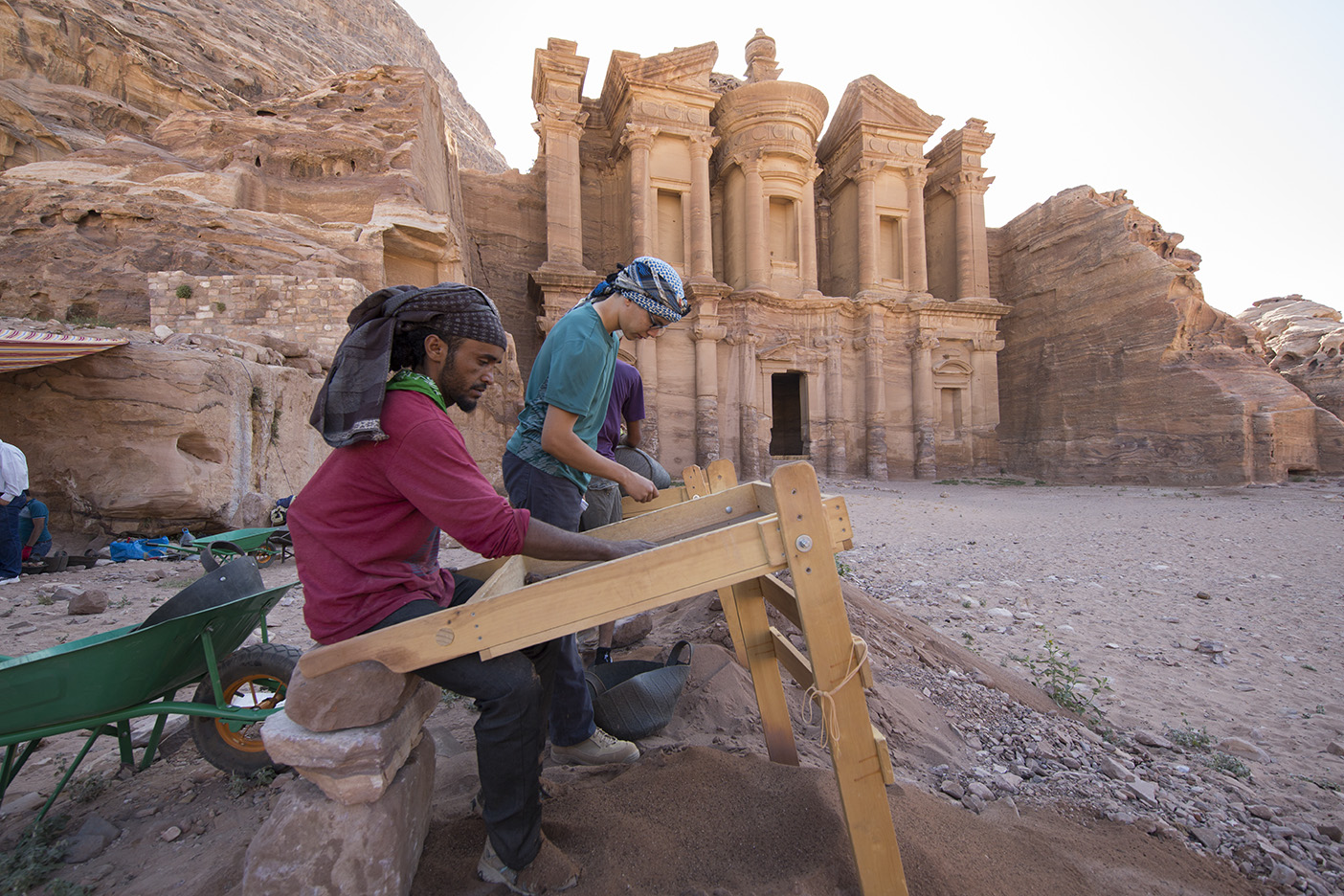
For the BYU team, it comes down to learning about and from people, both modern and ancient.
“You can’t serve people unless you know there are people that are different from you, that live in a different way. You need to be beyond yourself,” says Lee. “In archaeology, you’re not only studying the living, it’s also about those who have gone beyond, those who have passed, seeing what they have done and seeing what they have left. It changes you.”



